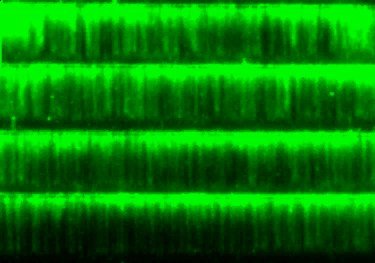
Our Research
We study the basic mechanisms of DNA double-strand break repair and telomere maintenance. These processes are critically important for understanding tumorigenesis and developing treatments for cancer.
Metaphase spreads of mouse chromosomes labeled by Chromosome Orientation Fluorescence In Situ Hybridization (CO-FISH). Telomeres replicated by leading-strand synthesis are labeled in red and by lagging-strand synthesis are labeled in green.
Projects in the Lab:
DNA double-strand breaks (DSBs) are the most deleterious DNA lesions because they disrupt the physical continuity of the genome. These ends must be rapidly recognized and repaired to prevent genome instability. On the other hand, telomeres are the natural ends of our chromosomes, resemble DSBs, and must be protected from inappropriate DNA damage signaling and repair. The following three projects highlight major focuses of our lab:
The first project addresses how DSBs are sensed and repaired. Although many of the proteins involved in DSB repair are known, how they actually work is unclear. Initially this project will focus on how the repair mechanisms are coordinated with signaling. It will then be extended to understanding how multiple proteins determine DSB repair pathway choice. Overall, this project will establish the basic mechanisms of DSB sensing, signaling, and repair.
The second project will determine how telomeres are protected from DSB repair machinery. Telomeres shorten with each cell division they reach a critically short length that can no longer repress the DSB repair proteins. How critically short telomeres fail to suppress DSB repair mechanisms will inform on how normal-length telomeres suppress these responses and also provide interesting insights into aging processes.
The third project will examine how cancer cells achieve replicative immortality. Many cancers maintain their telomeres through telomerase, but a subset (10-15%) use an alternative mechanism of lengthening called ALT. Many DSB repair mechanisms factor into ALT at telomeres, but how this process actually works remains unknown. We will test the role of several critical factors in ALT to understand their functions in this pathway and gain an overall sense of how it works.
